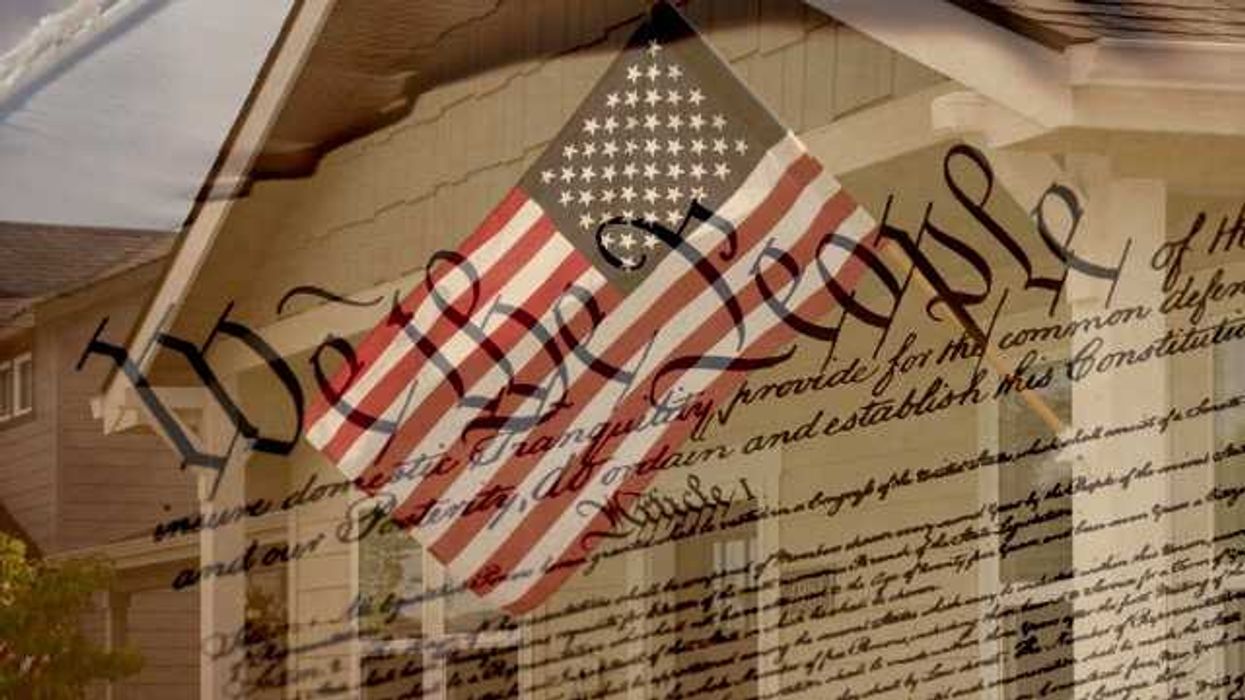Kentucky's new Republican secretary of state and leaders of the GOP state Senate majority have reached agreement on a bill requiring voters to show an official photo identification at the polls.
The deal puts the Legislature, which convened this week, on course to be the first in the country to clear legislation this year that would make it tougher to vote in November. Just seven states now have photo ID laws as strict as the one being proposed, according to the National Conference of State Legislatures.
The new Democratic governor, Andy Beshear, signaled skepticism about the measure Wednesday, saying, "I just want to make sure that there aren't unnecessary roadblocks toward voting." But since the GOP has supermajorities in both chambers in Frankfort, any potential veto would face an override.
Secretary of State Michael Adams, who also took office this week, said the bill was written with the aim of strengthening election security and enhancing public confidence in the voting process. He lamented that 22 people went to prison for election fraud in Kentucky between 2006 and 2014, although he conceded none were convicted of voter impersonation.
Opponents of the bill said it would make voting more difficult for the disabled, the elderly, the poor and members of minority groups. Proponents said the ID requirements for casting a ballot should be as stringent as for opening a bank account or picking up tickets at a will-call window.
The bill would create a no-fee personal photo identification card that Kentuckians without driver's licenses could sign up to receive. It would also allow college and military IDs at the polls, and it would allow people to vote without an ID if they sign an affidavit claiming a "reasonable impediment" to getting one.
If enacted the requirements would not cover the May primaries but would begin in November, when President Trump is highly likely to claim the state's eight electoral votes while Senate Majority Leader Mitch McConnell faces a long-shot challenger in his bid for a seventh term.












 Shannon Gormley, Rhode Island Public Schools
Shannon Gormley, Rhode Island Public Schools Les Sinclair, Blue Ridge Area Food Bank
Les Sinclair, Blue Ridge Area Food Bank Elena Casillas Hoffman,
Elena Casillas Hoffman, 
 Darrious Hilmon, Executive Director, CAN-TV
Darrious Hilmon, Executive Director, CAN-TV










